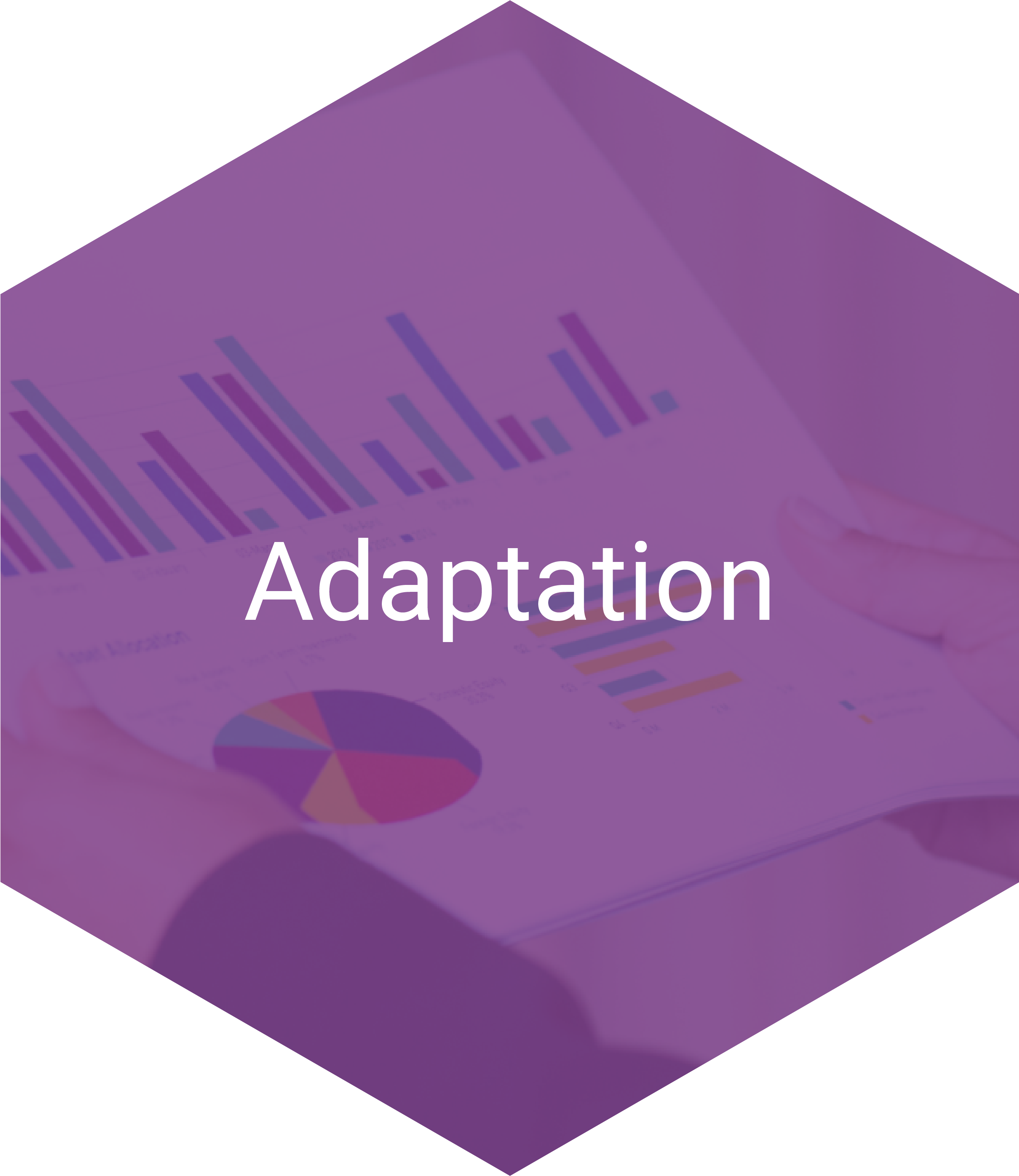Stories
Stories illustrate how the concepts presented in each section can be applied. These brief real-life examples present how others have successfully done this work.
Southwest Stories
3 ResultsHouston's Approach to Collecting Community Data
In addition to using data from local schools and the police to guide its planning, the multi-sector coalition in Houston recognized it needed to hear from the community. Team members went door-to-door, providing residents with access to fresh food and basic health services. They also asked residents about the challenges facing their community—how violence affected them and what they thought could help make their neighborhoods safer and healthier. Youth played a significant role in conducting interviews and voicing solutions.
Source: Centers for Disease Control and Prevention, https://vetoviolence.cdc.gov/apps/stryve/grantee-profiles
Houston's Approach to Selecting Evidence-Informed Strategies
Houston is the largest city in Texas and the fourth largest city in the United States. Of the nearly 2.2 million people who live in this sprawling metropolis, more than 25% are younger than age 18 - one of the largest youth populations in the country. Community leaders could easily be overwhelmed by the sheer scope of youth violence in their city. Instead, a coalition led by the local health department chose to start small and focus prevention efforts at the neighborhood level. While statistics on youth violence in Houston presented dire facts, the city did not need to start from scratch to find a solution. It just needed to migrate what others were already doing to a stronger model, and in a specific community. “We really were committed to identifying evidence-informed strategies that fit with the culture and the direction that our youth-serving agencies were going,” STRYVE Program Director Sheila Savannah said.
Source: Centers for Disease Control and Prevention, https://vetoviolence.cdc.gov/apps/stryve/grantee-profiles#houston
Making the Case for Early Childhood Education in San Antonio, TX
Describing the problem and its solutions in creative, compelling ways can help educate different types of people in creating safe, stable and nurturing relationships and environments. When San Antonio Mayor Julián Castro launched the Brainpower Initiative, he described early education as critically important to the city’s quality of life and economic development. For San Antonio to be globally competitive in the 21st century, Mayor Castro argued, it needed to invest in pre-kindergarten, so that toddlers of today would grow up to be an educated, capable workforce. He made the case that the Brainpower Initiative would promote academic achievement and improve graduation rates, and he presented evidence that the city would gain $7 for every dollar invested in high-quality pre-kindergarten. With support from local business and education leaders and seven former mayors, San Antonio voters approved a funding measure to support full-day pre-K for 4,000 four-year-olds every year through 2020.
Source: Centers for Disease Control and Prevention, https://www.cdc.gov/child-abuse-neglect/communication-resources/efc-building-community-commitment.pdf

 STORIES
STORIES RESOURCES
RESOURCES APPROACHES
APPROACHES CONTACT
CONTACT





